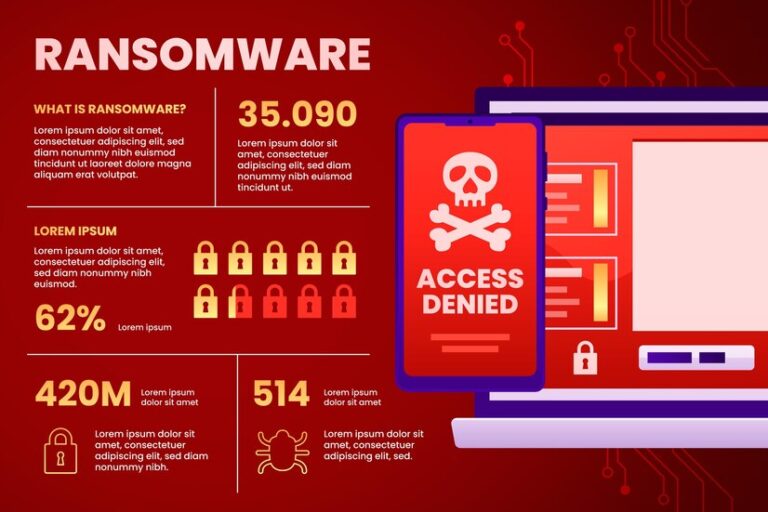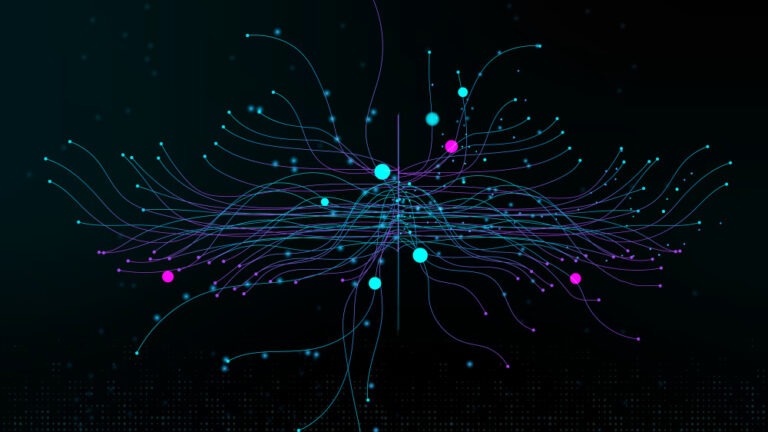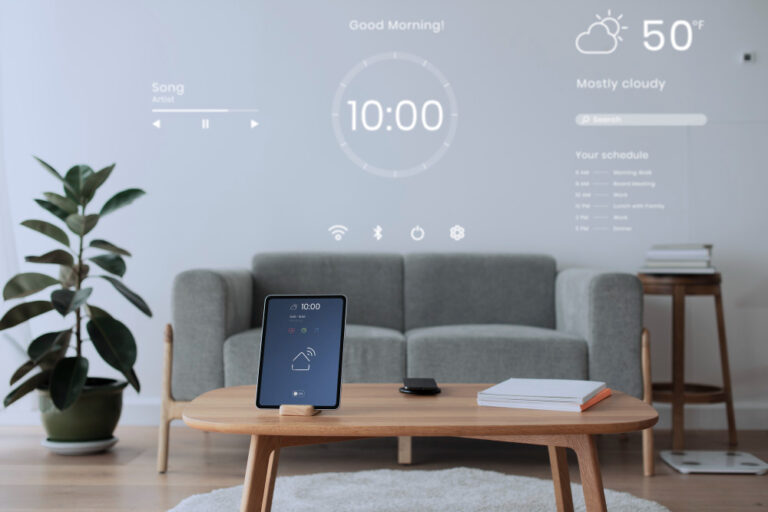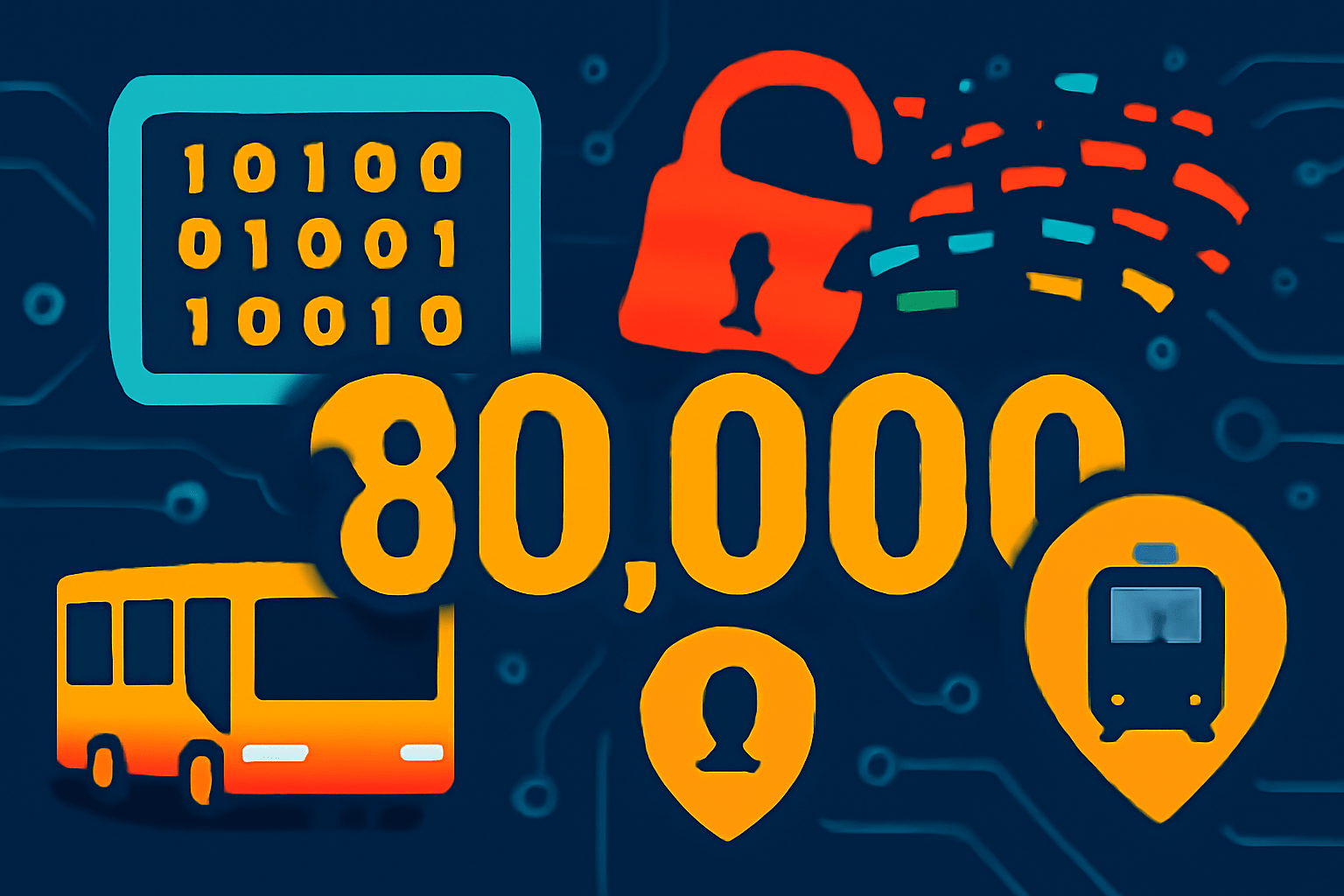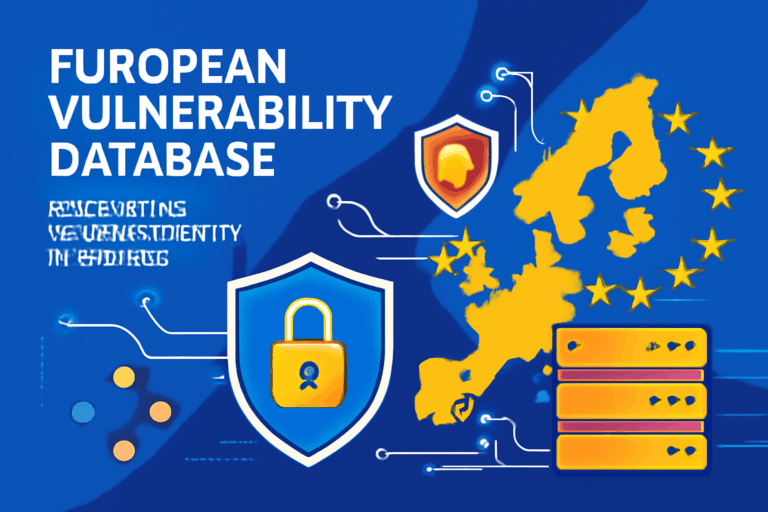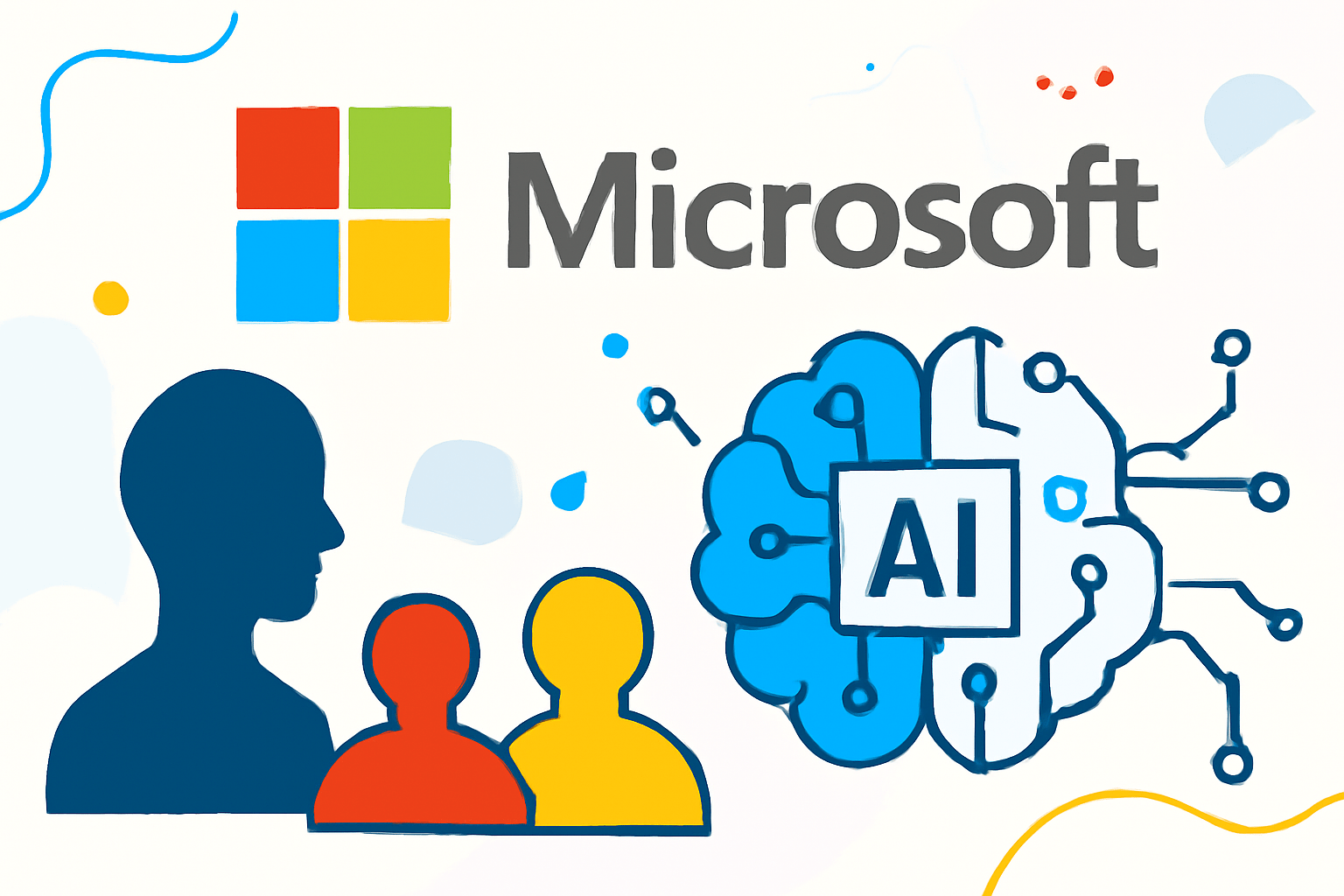In 2025, cybersecurity remains a top concern for individuals and businesses alike. One of the most dangerous and rapidly evolving threats today is ransomware—malicious software that locks you out of your own data and demands a hefty ransom to get it back. With attacks becoming more sophisticated, it’s essential to stay informed and proactive. Here’s a fun, easy-to-understand guide on protecting yourself from the latest ransomware threats.
What Is Ransomware, Anyway?
Imagine waking up to find your computer or phone locked, your files encrypted, and a scary message demanding payment in cryptocurrency to unlock everything. That’s ransomware in action. Cybercriminals use this digital hostage tactic to target everyone—from big corporations to everyday users.
Why Ransomware Is Getting More Dangerous
The bad guys have stepped up their game with smarter attack methods. They often use phishing emails disguised as harmless messages or exploit vulnerabilities in outdated software. Some ransomware now even threatens to leak your sensitive information publicly if you don’t pay up, adding extra pressure.
Top Cybersecurity Tips to Keep Ransomware at Bay
1. Keep Your Software Up to Date
Regularly updating your operating system, apps, and antivirus software is one of the easiest ways to block ransomware. Developers patch security holes in updates, so staying current helps close doors to attackers.
2. Be Wary of Suspicious Emails and Links
Phishing emails are ransomware’s favorite entry point. Don’t click on links or download attachments from unknown senders. Look out for misspelled words, urgent tones, or requests for personal info.
3. Backup Your Data Regularly
Backups are your safety net. Use cloud services or external drives to create copies of important files. If ransomware hits, you can restore your data without paying ransom.
4. Use Strong Passwords and Two-Factor Authentication (2FA)
Weak passwords make it easier for hackers to get in. Use complex passwords and enable 2FA wherever possible. This adds an extra layer of security by requiring a second verification step.
5. Limit User Privileges
On work or home networks, give users only the access they need. Restricting admin rights reduces the chances ransomware can spread across your system.
6. Educate Yourself and Others
Stay informed about the latest ransomware trends. Share knowledge with family, friends, or colleagues to build a stronger defense network.
What To Do If You Get Infected
First, don’t panic. Disconnect your device from the internet immediately to prevent the malware from spreading. Then, report the incident to your IT department or a cybersecurity expert. Avoid paying the ransom as it encourages more attacks and doesn’t guarantee data recovery.
Use your backups to restore lost files and run a full antivirus scan to remove threats. If you don’t have backups, professional data recovery services might help, but prevention is always better.
How AI Is Helping Fight Ransomware
On the bright side, AI-powered cybersecurity tools are becoming better at detecting ransomware before it strikes. These tools analyze patterns and behaviors to identify suspicious activity early, giving users a chance to stop attacks in real time.
Staying Safe in a Connected World
With the rise of smart devices and remote work, protecting yourself from ransomware requires constant vigilance. Incorporate these cybersecurity habits into your routine to enjoy the benefits of technology without falling victim to cybercrime.

